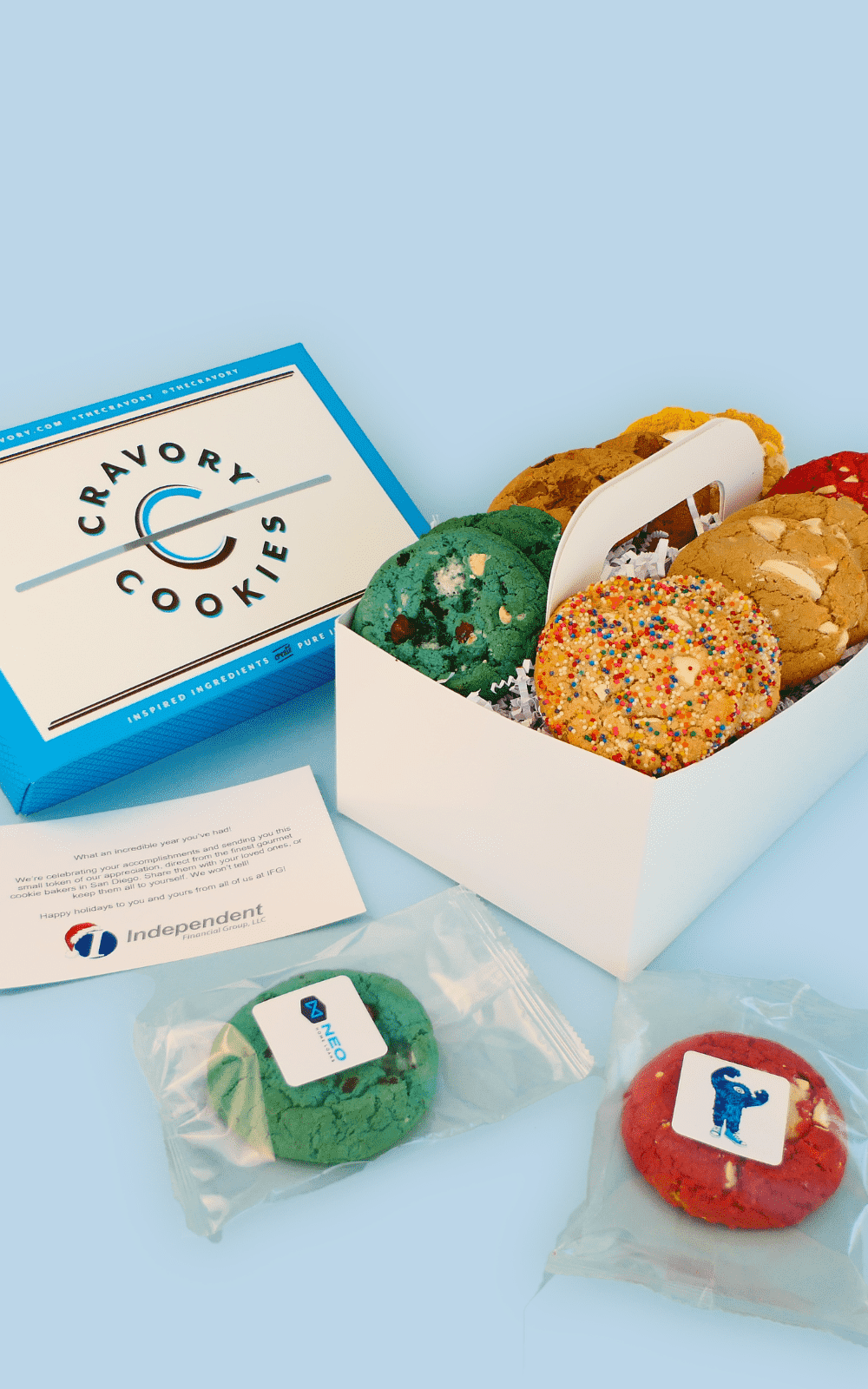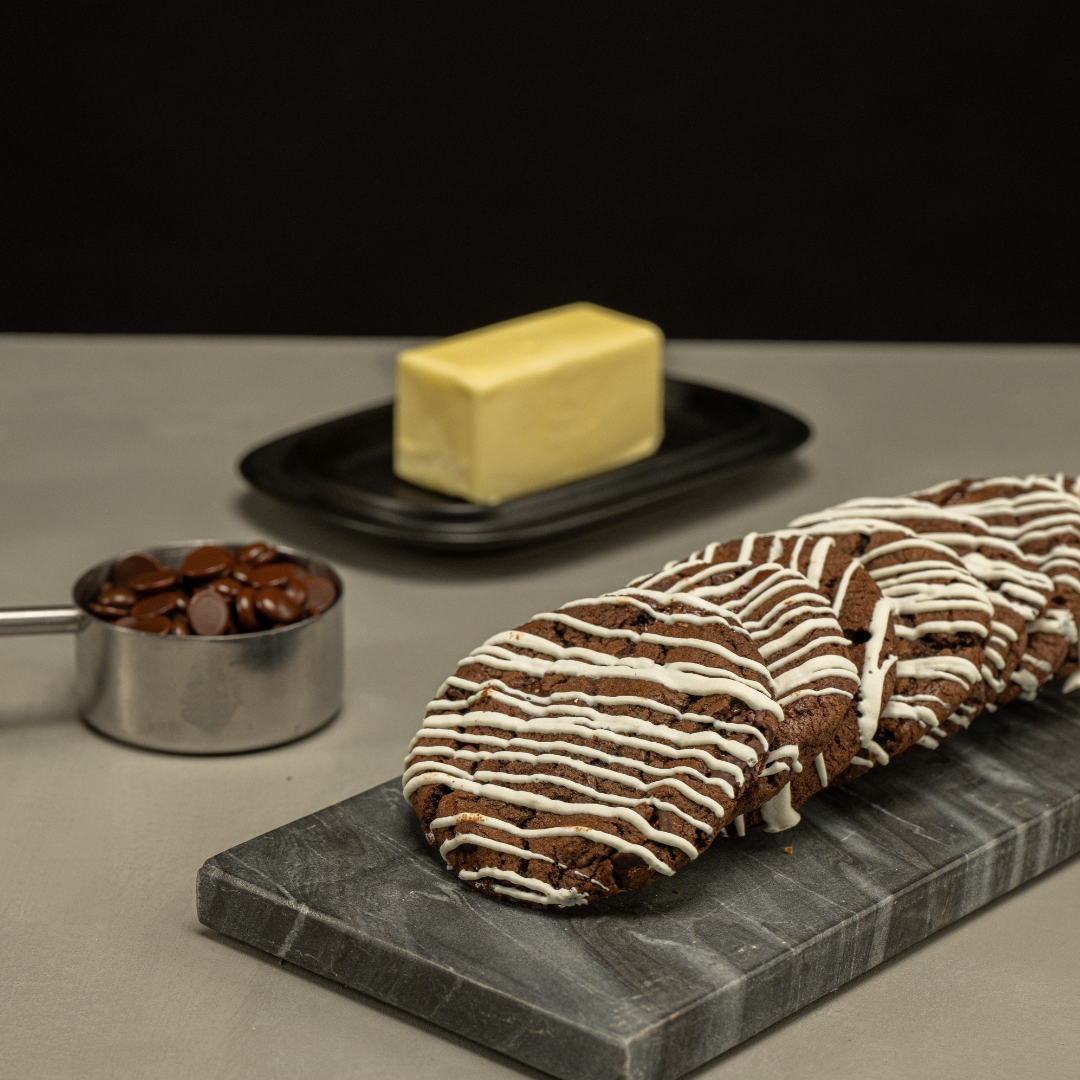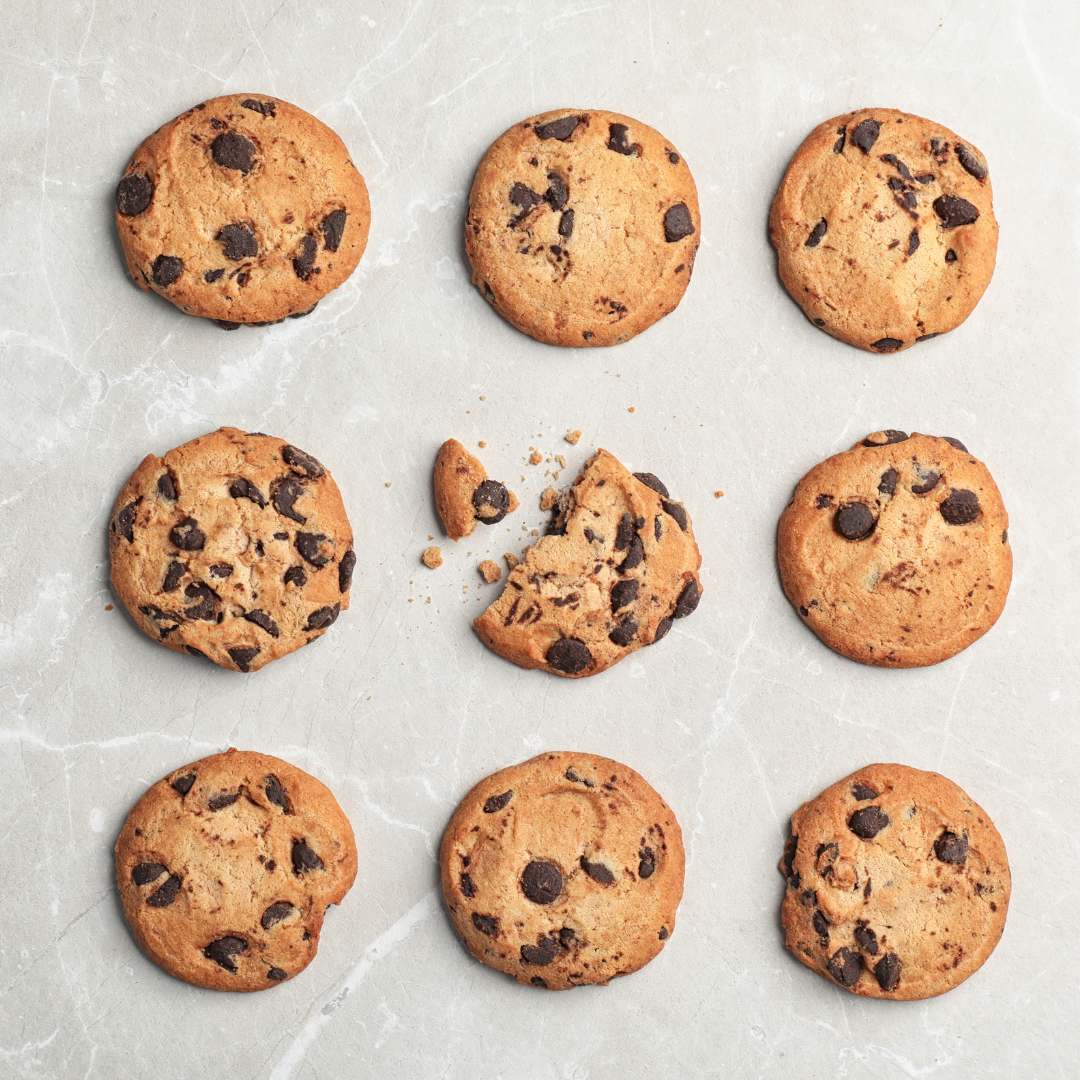Everybody who’s even remotely into baking knows that cookies need a bit of fattening up to enrich the flavor and make sure they come out of the oven exactly the way you want them. Without a fattening agent, such as butter, your baked goods will not have the structure and tenderness that makes them so scrumptious and irresistible. It also goes without saying that butter adds a particularly rich flavor note to cookies, which highlights the sweet deliciousness of all the other ingredients you choose to throw in.
Many bakers nowadays opt for putting margarine in their cookie mixes instead of butter, mainly due to the fact that it’s generally considered to be healthier. Are you wondering how using margarine in baking will affect the taste of your cookies? You’ve come to the right place then! In this article, we’ll go over the main differences between margarine and butter in the context of cookie-making.
Butter and Margarine: The Key Difference
On the surface, there is not much separating margarine and butter. While to the trained taste buds, the differences in flavor are pretty clear, the inexperienced might have a tough time discerning the subtleties and arrive at the conclusion that the two taste pretty much the same.
Once you get more familiar with both ingredients, you should start noticing the differences easily, though. The taste of butter is incomparably richer than that of margarine – the best way to test it out for yourself is to take two slices of toast, with butter on one, and margarine on the other. You’ll quickly notice that butter is much creamier, whereas margarine packs a lot less punch, all the while remaining fatty and combining quite well with toasted bread.
The main differences between butter and margarine lies in the different fats used to create each product. Butter is made using heavy cream, sourced from cow’s milk, and is therefore classified as a dairy product. This is why buttery cookies have that unmistakable, milky flavor and a creamy texture. Margarine, on the other hand, is sourced chiefly from vegetable oils, such as cottonseed, corn, or sunflower oil.
Seeing as both are very good sources of fat, margarine and butter can be used in baking, and are sufficient in providing tender, textured, and delicious homemade cookies.
What Exactly is Margarine and Can You Use It In Cookies?
As we already mentioned, margarine is created using vegetable oils, as opposed to churned milk or cream. This is the primary reason why it is considered healthier than butter – oils sourced from vegetables are considered unsaturated fats, meaning that they remain liquid at room temperature. These fats help lower the levelsleels of cholesterol in your blood, as well as ease inflammation and lower the risk of heart disease.
However, not every kind of margarine is good for you, and in fact, some of the products out there may even carry more negative health effects than butter.
Make Sure to Choose the Right Margarine
Just like in the case of any other food product, margarine comes in many shapes and forms. Not all of them are full of the healthy, unsaturated fats you want to include in your diet. Outside of the United States, you might come across margarine that contains trans fats, which are associated with an increased risk of heart and blood vessel disease, which is precisely what you’re running away from when making a health-motivated switch from butter to margarine.
Another important distinction to make is between stick and spread margarine. Margarine sticks are made using a mix of saturated and unsaturated fats, with the former allowing it to take up a solid form.
Spread margarine is the best in terms of the fats it contains, but a lot of the spread margarine brands are heavily diluted with water, resulting in a poor flavor, especially when used for baking. All in all, you should keep a close eye on the types of fats in each product when picking out margarine for baking (or any other purpose, for that matter).
It’s also worth keeping in mind that, when consumed in reasonable amounts, butter isn’t going to have a sizable impact on your well-being, so you shouldn’t write it off just yet.
How Do Margarine Cookies Compare to Butter Cookies?
Regardless of whether you bake with butter or margarine, you’ll still end up with the same end result, provided that you know what you’re doing, with that result being delicious, mouth watering cookies. However, you need to keep in mind that there will be some differences depending on the type of fat you decide to use.
Butter cookies will have a more gooey texture, and due to the slow melting time of butter, their texture will be near-perfect, crunchy on the outside, and gooey on the inside, perfect for fluffy chocolate chip cookies, for example. Of course, you can always flatten your butter cookies to make them crispier if you like them that way.
Margarine cookies, on the other hand, will be thinner and more spread out compared to butter cookies baked with the same ingredient ratios. The reason behind this is the fact that margarine has way more water, and its fat content is lower. When baking margarine cookies, make sure to check up on the oven more frequently, as they’re easier to burn.
Other Delicious Alternatives
For one reason or another, some people opt out of using butter in their cookies. Whether it’s due to dietary restrictions, the high fat and calorie content, or simply because they want to try something new, increasing droves of bakers choose to bake with butter alternatives instead. The most obvious one of those is margarine, which is also the most similar to butter in its flavor. However, it’s far from the only game in town. Here are our top picks of some other fatty ingredients you can use instead.
- Coconut oil: using coconut oil in your cookies will give them a unique, tropical flavor, on top of making them a bit crunchier than usual. It’s easy to oversaturate your cookies with the coconut aroma, and one way to avoid it is by using refined coconut oil.
- Avocado: your avocado cookies will come out looking slightly green and won’t have the same decadent flavor, but it’s definitely the healthiest butter substitute out there. It also allows you to retain the gooey texture.
- Almond butter: on top of containing way less saturated fats than regular butter, the almond alternative will allow you to reduce the amount of sugar in your recipes, as it is naturally sweet.








